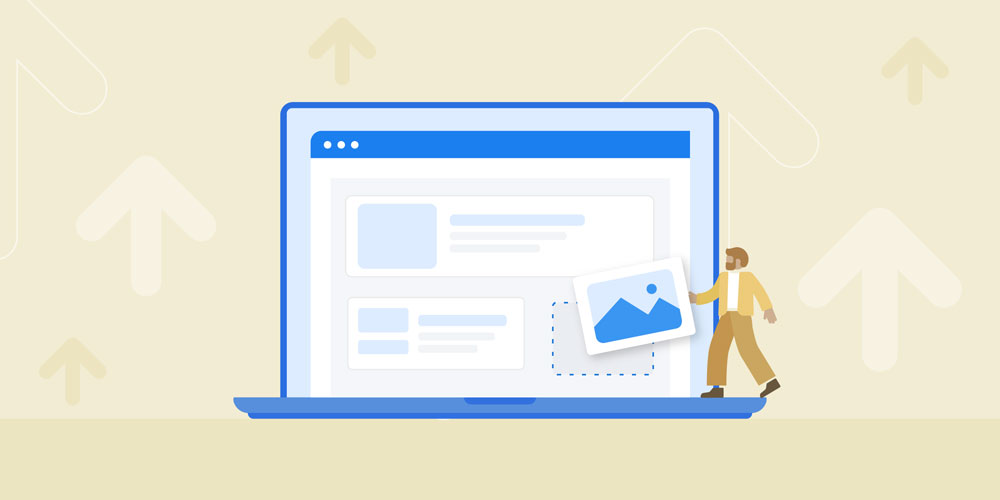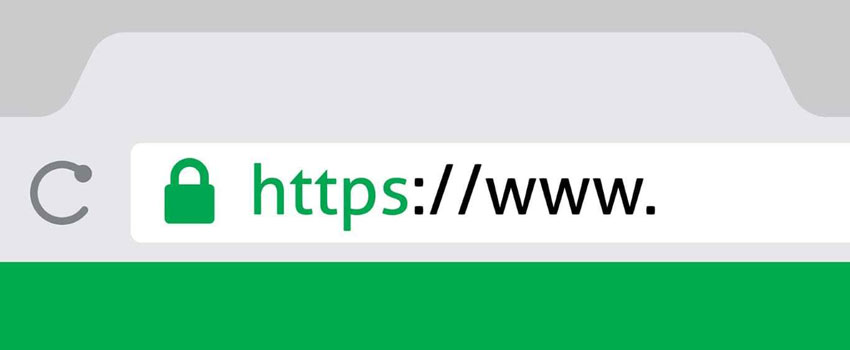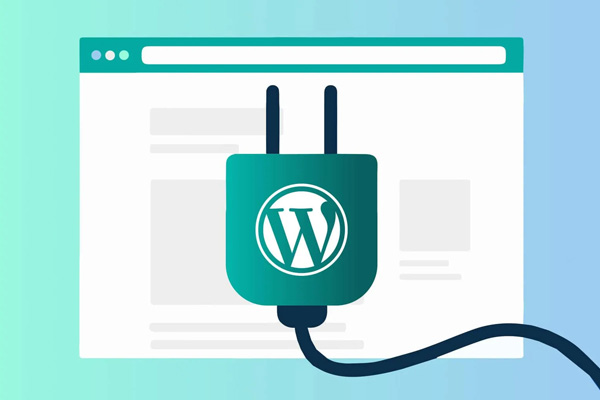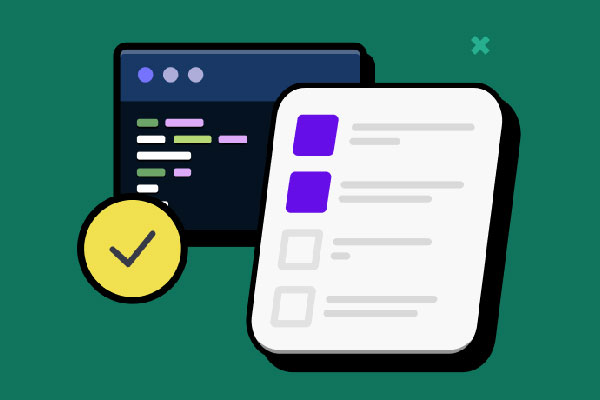
Table Of Contents
Key Takeaways
- SSL Certificates for Security: Ensure your website has an SSL certificate to encrypt data, boost SEO, and comply with GDPR requirements, enhancing trust and safeguarding user information.
- GDPR Compliance Simplified: Implement visible privacy policies, cookie banners, and consent checkboxes to adhere to GDPR regulations, respecting user data privacy and avoiding penalties.
- WordPress Maintenance Essentials: Regularly update WordPress core, themes, and plugins to prevent security breaches, as outdated components pose significant risks to website security and data integrity.
Essential To Stay On Top Of Your Website Maintenance
Your website is central to your business and open 24 hours a day, 7 days a week. It’s essential to stay on top of your website maintenance. We know that it can be a little confusing to wade through the buzzwords and technical jargon, so we’ve put together a list of six key areas to focus on with your website. Let’s take a look:
1. Add An SSL Certificate

You’ll no doubt have heard of SSL certificates before, but you may not know how important they are. In a nutshell, an SSL (Secure Socket Layer) certificate keeps your visitors’ data safe and encrypted. This is critical, especially if you’re running an e-commerce website or have a contact form on your website.
Sites without a valid SSL certificate will display a prominent ‘Not Secure’ banner in most browsers – and that’s not a good look for your brand and could defer users from interacting with your website or more importantly, not visiting your site at all.
Beyond this, SSL certificates will give you a SEO boost and they are now a GDPR requirement for transmitting contact form user data.
For more information about SSL certificates, please read our other blog post on “benefits of securing your website with SSL certificates“.
2. What You Need To Know About GDPR

Talking of GDPR, what’s all that about then? It’s definitely a confusing area, but in reality, it’s quite simple to ensure you comply with the regulations.
Enacted on May 25th 2018, the GDPR regulation requires websites to ask for permission to use a visitor’s personal data for the purposes of advertising and data collection.
To ensure your website is compliant with GDPR, you’ll need an easily visible Privacy Policy, a cookie usage banner, and a consent checkbox on your contact or newsletter sign-up forms.
Back in April 2018, we wrote a blog post on “10 steps to make your website GDPR compliant“.
3. The Importance Of WordPress Maintenance

Few things are more important than website security, so keeping everything up-to-date is in your best interests. WordPress sites are some of the most secure on the web, but only when the right precautions are taken.
One of the major entry points for site hackers is via outdated WordPress plugins. You may not know, but WordPress plugins are developed by third party developers who push updates regularly to stay compatible with the latest version of WordPress, performance reasons, but more importantly to patch bugs and security flaws to prevent attacks, so if you aren’t on top of your maintenance, you might be at risk.
It is equally important to keep WordPress and your themes/frameworks up-to-date regularly. Just because you may think that your site is insignificant, doesn’t mean hackers won’t attack your site.
With the GDPR in action and the fact that hacking is on the raise, if your site does get hacked, you need to report it to the Data Protection Commission (DPC) who is the national independent authority responsible for upholding the fundamental right of individuals in the EU to have their personal data protected.
4. Get Responsive To Be Mobile Friendly

This might seem a little obvious to some, but it is surprising the amount of websites online that are either still not responsive or are poorly optimised.
Basically, a responsive website is one that can adapt the content of the website and alter the website’s structure depending upon the device it is being viewed on. This means that a website for example that has large images and a complex menu on a PC looks and acts different than the very same website viewed on a mobile device, ensuring ease of use on all devices. This does not mean a separate mobile version of the website, but rather an intelligent website than can detect the size of the screen you are viewing it on and give you the best options within that screen space.
You may ask, why is this necessary? Well, since 2015, Google has been giving preference to websites that have a responsive design when searched via a mobile or tablet device. This means that older websites that do not have this feature that may have performed well when searched online in previous years, are not performing as well now, and can continue to struggle to gain rankings online.
Less people finding your website mean less people visiting it and loss of leads and sales. If your website is not mobile optimised, you could be in trouble and should get this rectified ASAP.
We have listed out 8 essential benefits of responsive web design in an earlier blog post.
5. Secure Your Website With Wordfence Security

Let’s talk a little about Wordfence. As an enterprise-class product, Wordfence is one of the world’s most popular security plugins for WordPress, with real-time threat intelligence, malware scanner, firewall, DDOS protection, 2 step login verification, reputation checks, country blocking, and much more.
While the free version of the plugin offers basic all-round support, it’s definitely worth checking out what the Wordfence Premium can offer you. After all, can you really put a price on security? Check out the Wordfence website for more details.
6. Protecting Your Brand Online With Domain Registration

Your brand name is really the face of your web presence, so it’s essential that you keep it safe. You may already own a domain name (a .ie extension, for example), but what happens if someone unscrupulous decides to pick up the .com, .net or even .eu for trading within Europe?
This can potentially be harmful to your business – and domain blackmail isn’t unheard of. It’s a smart idea to ensure you own at least the core set of top-level domains for your brand name.
Wrapping Up
We hope these six tips will help you get the most out of your website. Have any questions? Get in touch with us today, we’ll be happy to help.
Frequently Asked Questions
Why is an SSL Certificate Essential?
An SSL certificate encrypts visitors’ data, crucial for e-commerce or form-based websites. It also boosts SEO and ensures GDPR compliance. Without it, browsers label your site as ‘Not Secure,’ damaging trust and brand reputation.
What is GDPR and How to Comply?
GDPR mandates permission for using visitor data. To comply, ensure a visible Privacy Policy, a cookie banner, and consent checkboxes on forms. These steps respect user privacy and avoid regulatory penalties.
Why is WordPress Maintenance Important?
WordPress sites are secure when updated, but outdated plugins pose security risks. Regular updates for WordPress core, plugins, and themes are crucial. Hackers target even seemingly insignificant sites, necessitating vigilance for GDPR compliance and data protection.



